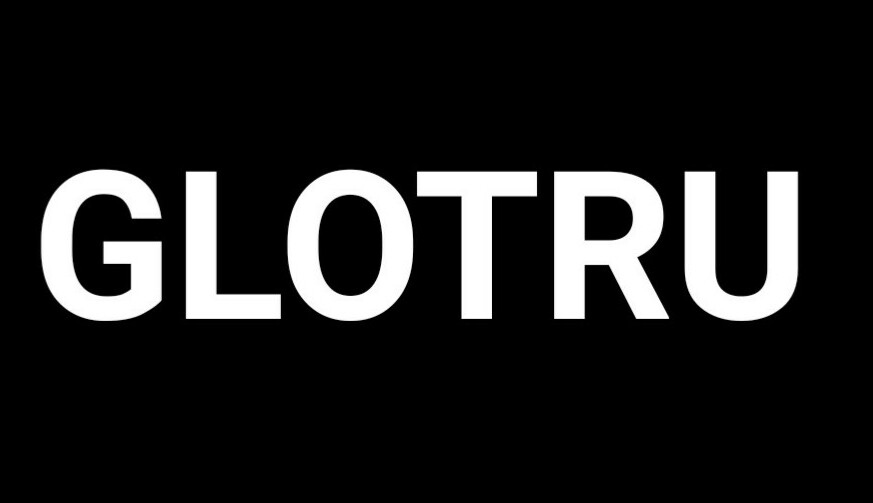CSS Position
CSS position is a property that allows you to control the positioning of elements on a web page. It determines how an element is positioned within its containing element or the entire document.
The position property in CSS can take several values:
static: This is the default value. Elements withposition: staticare positioned according to the normal flow of the document. Thetop,right,bottom, andleftproperties have no effect on statically positioned elements.relative: Elements withposition: relativeare positioned relative to their normal position in the document flow. You can use thetop,right,bottom, andleftproperties to offset the element from its normal position. Other elements on the page will not be affected by the position of the relatively positioned element.absolute: Elements withposition: absoluteare positioned relative to their nearest positioned ancestor, if any. If no positioned ancestor exists, it is positioned relative to the initial containing block, which is usually the viewport. Absolute positioning takes the element out of the normal document flow, and other elements will ignore it. You can use thetop,right,bottom, andleftproperties to position the element precisely.fixed: Elements withposition: fixedare positioned relative to the viewport, even if the page is scrolled. Fixed positioning is commonly used for elements that should always be visible, such as navigation bars or headers. Like absolute positioning, fixed positioning also takes the element out of the normal document flow.sticky: Elements withposition: stickyare positioned based on the user’s scroll position. It acts as a hybrid ofrelativeandfixedpositioning. The element is initially positioned according to the normal flow of the document but becomes fixed (stays in place) when the user scrolls to a specific threshold. You can use thetop,right,bottom, andleftproperties to control the position when it becomes sticky.
These different position values provide flexibility in controlling the layout and positioning of elements on a web page. By using them appropriately, you can create dynamic and responsive designs.

